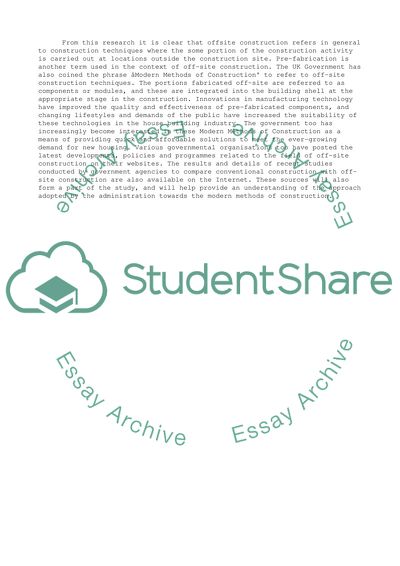Cite this document
(“Offsite construction Essay Example | Topics and Well Written Essays - 2000 words”, n.d.)
Retrieved from https://studentshare.org/management/1538547-offsite-construction
Retrieved from https://studentshare.org/management/1538547-offsite-construction
(Offsite Construction Essay Example | Topics and Well Written Essays - 2000 Words)
https://studentshare.org/management/1538547-offsite-construction.
https://studentshare.org/management/1538547-offsite-construction.
“Offsite Construction Essay Example | Topics and Well Written Essays - 2000 Words”, n.d. https://studentshare.org/management/1538547-offsite-construction.


